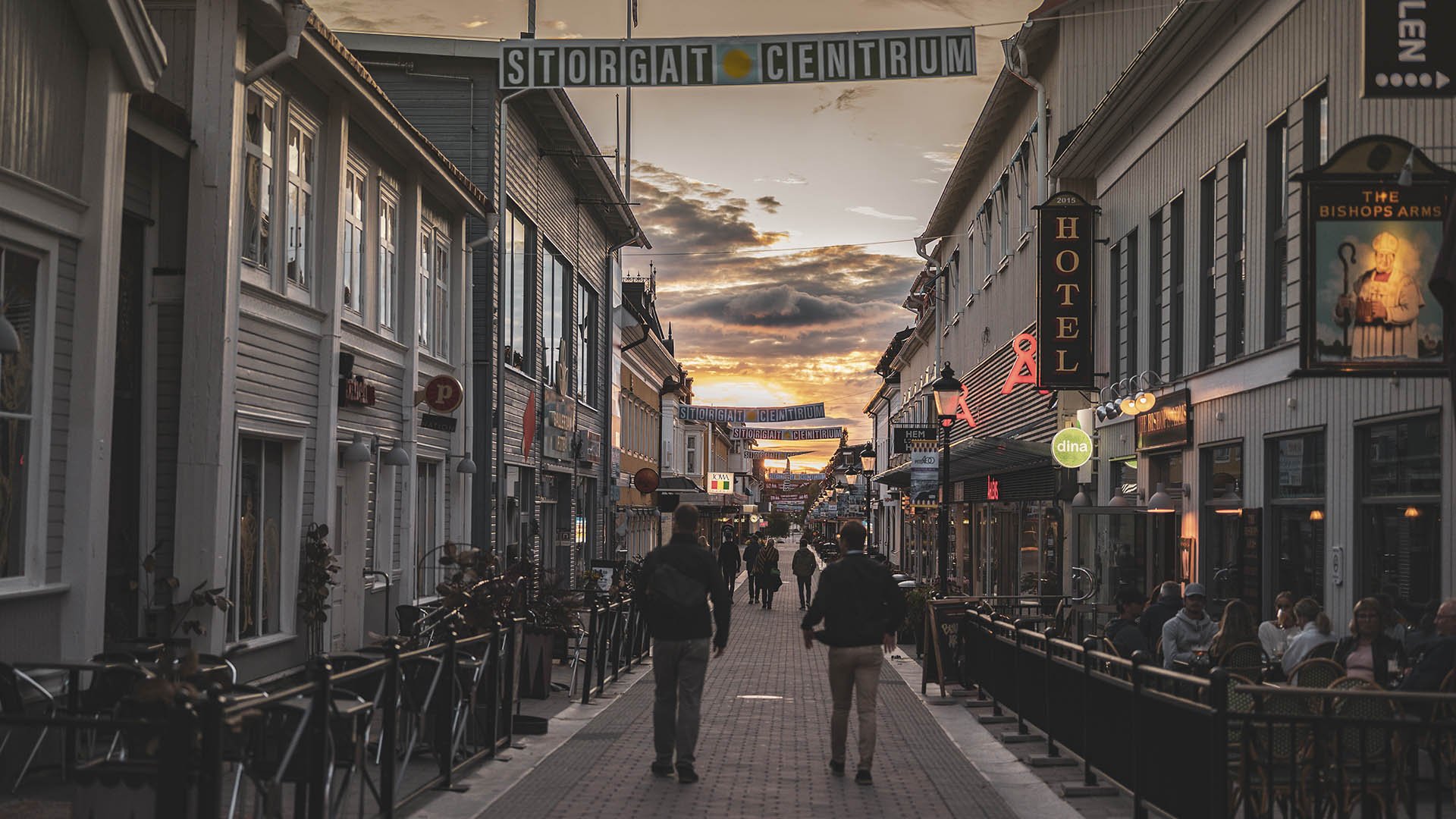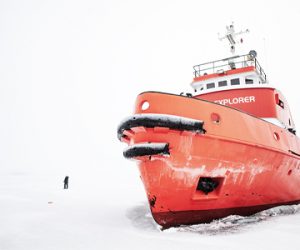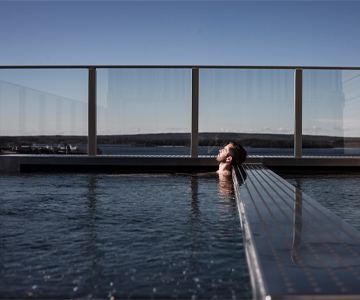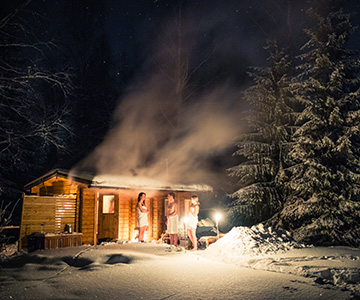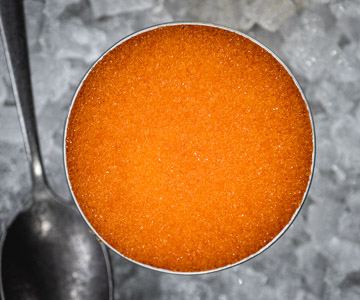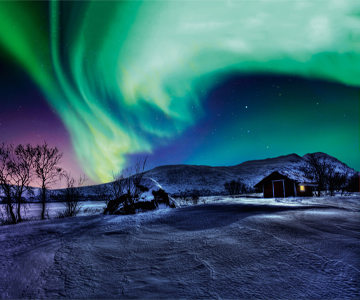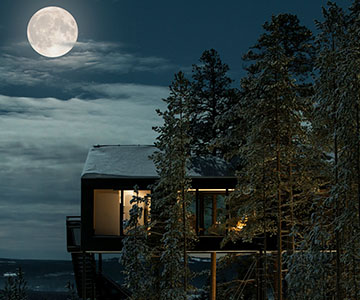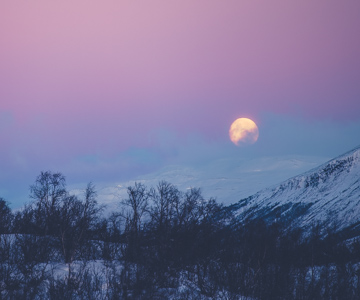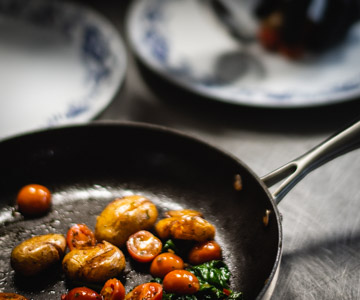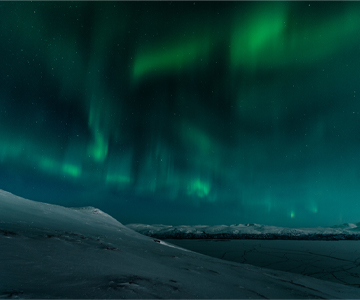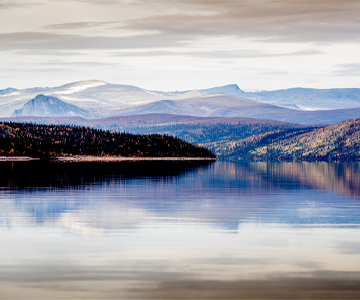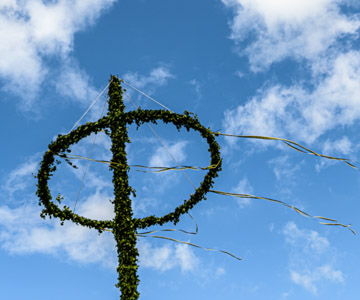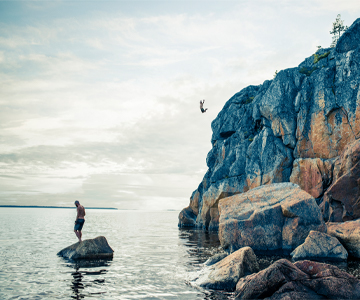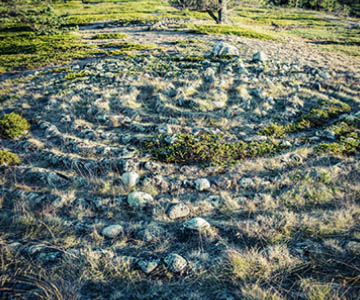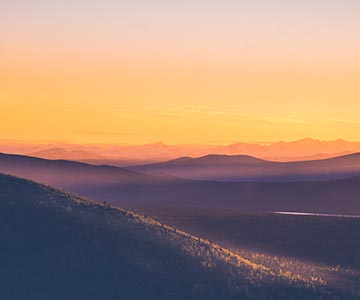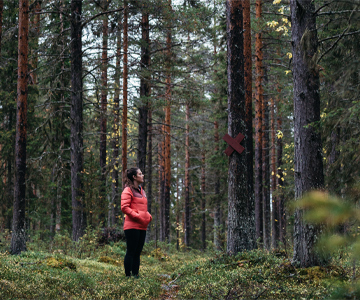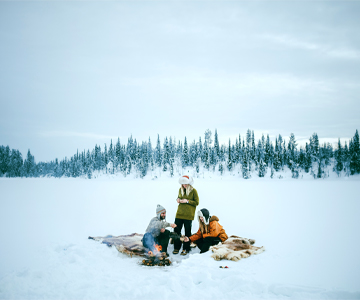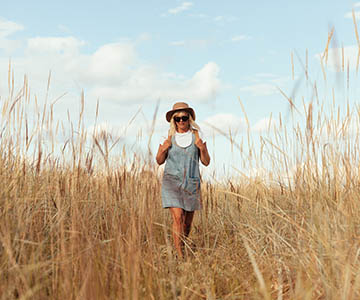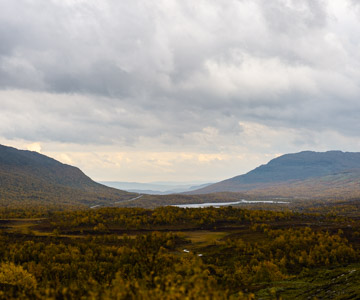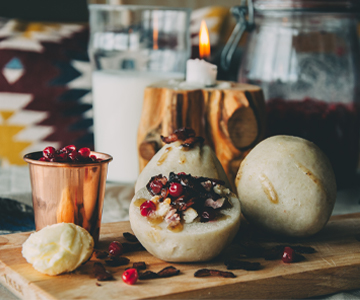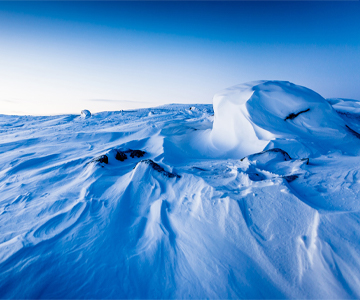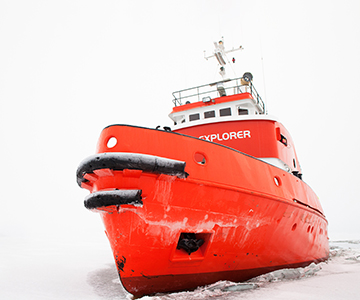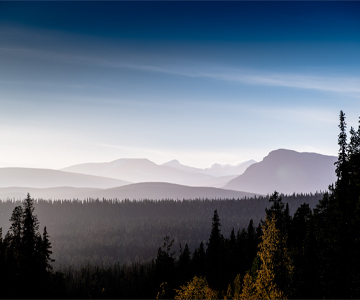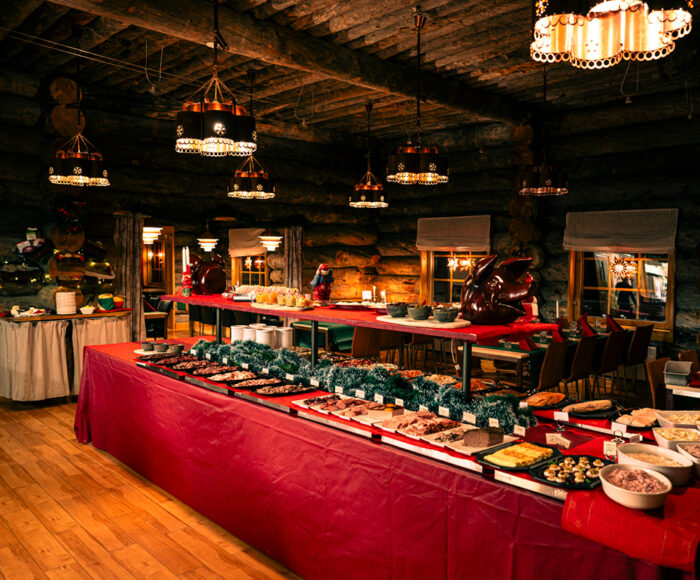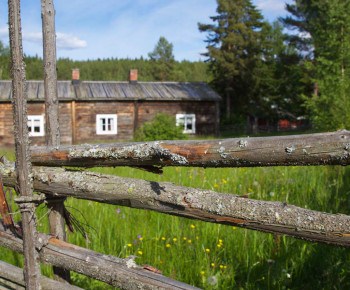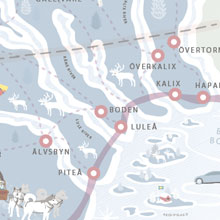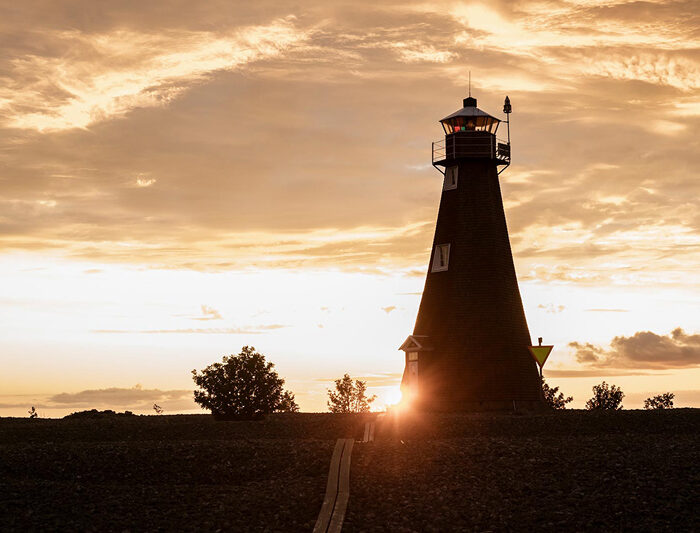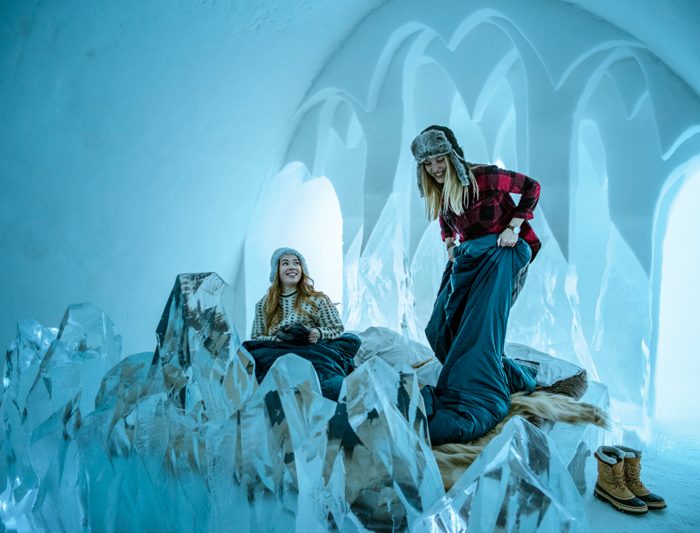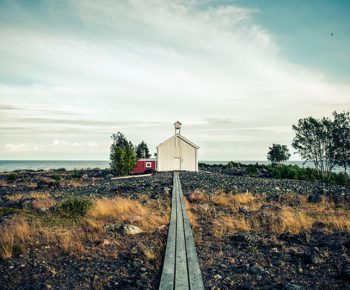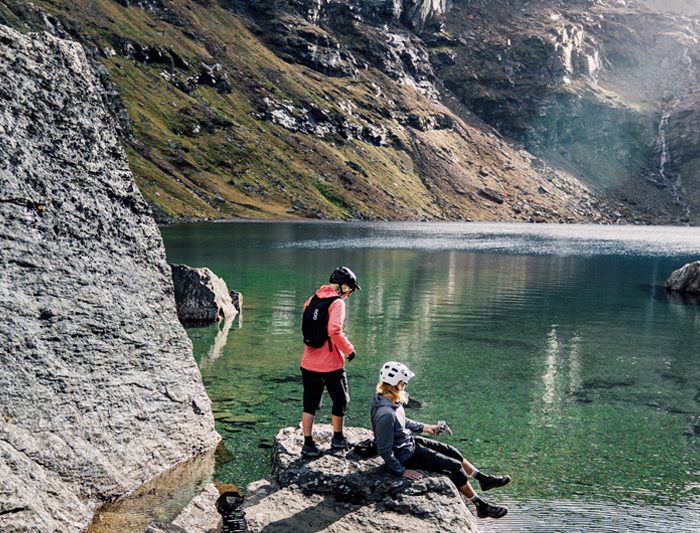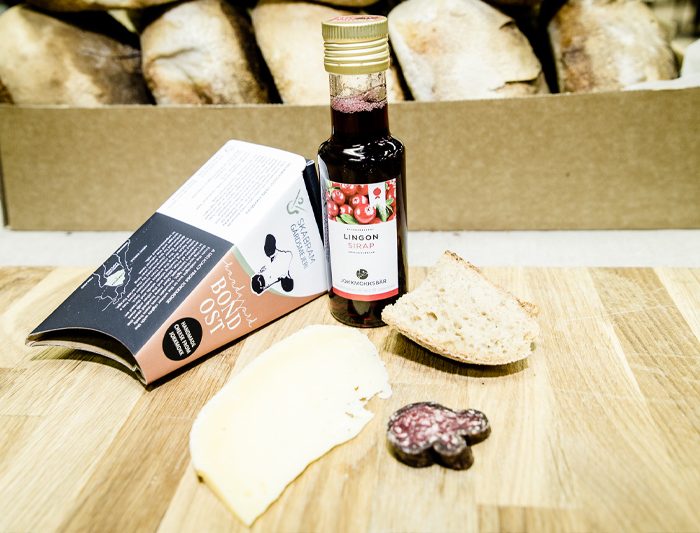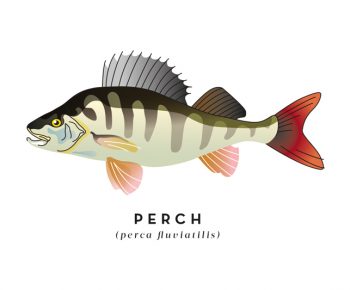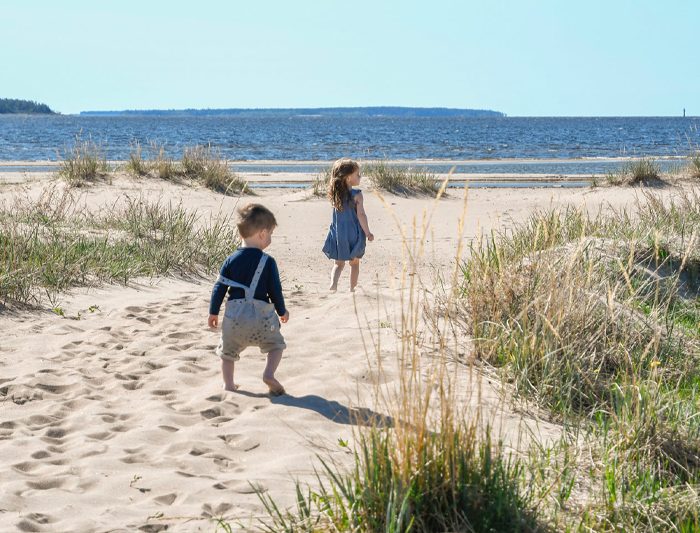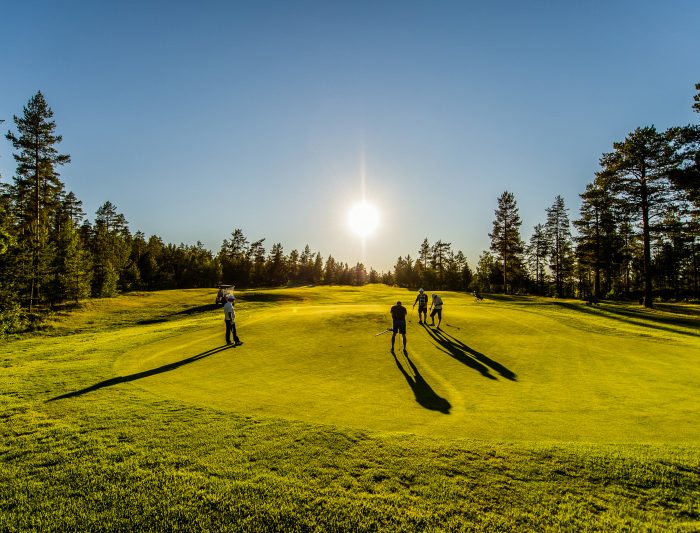On a summery Friday afternoon in August, you get off the bus in Piteå. You have 48 hours to do something exciting in a place you’ve never visited before. The only thing you’ve done before arriving is book accommodation. But what will you do, now that you’re here?
Afternoon: From the bus stop down to your room at Pensionatet it’s no more than a ten minutes’ walk. You pass the newly renovated Stadshotellet and the church, then you’re in the cosy artisan neighbourhood at Malmgatan. This is where Pensionatet has grown organically, buying one house at the time. There’s a wonderful patio, a farm shop, and a restaurant here – you’ll be all right. You check in and leave your things in your room. Then you sit down in the garden to rinse that travel dust from your throat. The sun heats the town and the patio. This is, after all, the Riviera of the North.

Restaurant experiences
The restaurant experiences in Piteå have gone from strength to strength in recent years. Takes at Hotel Kust, Ångbryggeriet and Pensionatet, as well as Johan Eriksson's Centrum Krog have greatly contributed to the development.
Evening: You’re lucky enough to get a table at Centrum Krog, or well, you’re eating at the bar. You make a mental note that this is something you should have booked beforehand, too. The summer evenings are popular in Piteå, and space is limited. You eat your way through the menu as far as you are able, then remain seated and finish the evening off with a glass of something. You’re wondering if you should have a final night cap on the roof terrace at Hotell Kust, or perhaps at Stadshotellet, but you think maybe tomorrow.
About Piteå
Piteå is located on the coast of Swedish Lapland, an area full of strong contrasts. Piteå is a small town with proximity to the archipelago and sea, rivers, forests and a lively countryside. At Pite Havsbad the country’s highest water temperatures are often measured – hard to believe for those who a few months before heard the blocks of ice roaring against the hull of an icebreaker.
Have a chat with the local tourist information for more insights, pitea.se
Curious about living in Piteå?
Visit pitea.se
Early morning: This morning you wake up at the crack of dawn. You put on your trainers and slip out into the warm summer morning. It’s not hard to find nice roads for running or walking, and you follow the beach along the canal to the harbour with its renovated fishing cabin before turning back through town to Pensionatet. That was the perfect leg stretcher before breakfast, to be enjoyed outside in the garden.
Morning: During breakfast Google has kindly given you the timetable for a bus out to Pite Havsbad. Since the 1950s, this has been one of Sweden’s largest campsites and seaside resorts. In the beginning it was known for its kilometre-long beach and warm water, and later it became known as a full-service facility and party place.
Lunch: You take a swim, relax, and have lunch at the outdoor restaurant at Havsbadet before heading back into town with sand between your toes.
Afternoon: The afternoon and evening begin as you take a taxi out to Taps and Tacos. It’s not that you need the tacos as such, more a locally produced beer in the summer heat. When the brewery This is How started Taps and Tacos, they had no idea it was going to reach this level of success. Swedes do love their tacos. You try some of their summer favourites before you take a taxi back to town and to Hotell Kust.
Evening: First a pre-drink on the roof terrace of the hotel before you sit down to enjoy this evening’s dinner. To many Piteå residents, there is a before and after Hotell Kust. Somehow the town – through the owner family Skoogh – dared to be different. The hotel has won several awards: for its technical solutions, where the façade works as a lung for the town, for its spa, and for the hotel itself. The food at restaurant Tage also quickly became a talk of the town. Suddenly people from Luleå started to come to Piteå to eat out.
You choose a classic northern menu with vendace roe, reindeer, and cloudberries. You let the restaurant pair wine with the food, and you feel very content as you leave the hotel and step into the summer night. Before you walk back to Pensionatet you book an early spot at the spa, then you stop at the terrace of the newly renovated Stadshotellet. The night is always young under the midnight sun.
Early morning: Breakfast in the garden is still a good idea. Especially as long as the weather stays like this. You pack your little rucksack and decide to take an earlier bus down to the fishing village Jävre just by the route E4.
Morning: In the small village Jävre there’s a Heidenstam lighthouse, a couple of cafés and the start of hiking route Solanderleden, which takes you to Luleå once you’ve walked all its 220 kilometres. But, instead, you opt for hiking the first five. It’s a practical option that brings you back to the village. Solander was the famous son of the area, a disciple of Linnaeus – some even claimed he was actually the son of Linnaeus. Solander is now a statue where he was born, in Öjebyn, rather than in Rådhusparken next to Bastard Burger, Odod sushi and Espresso House. That could perhaps have been another option for today instead of hiking and harbour cafés.
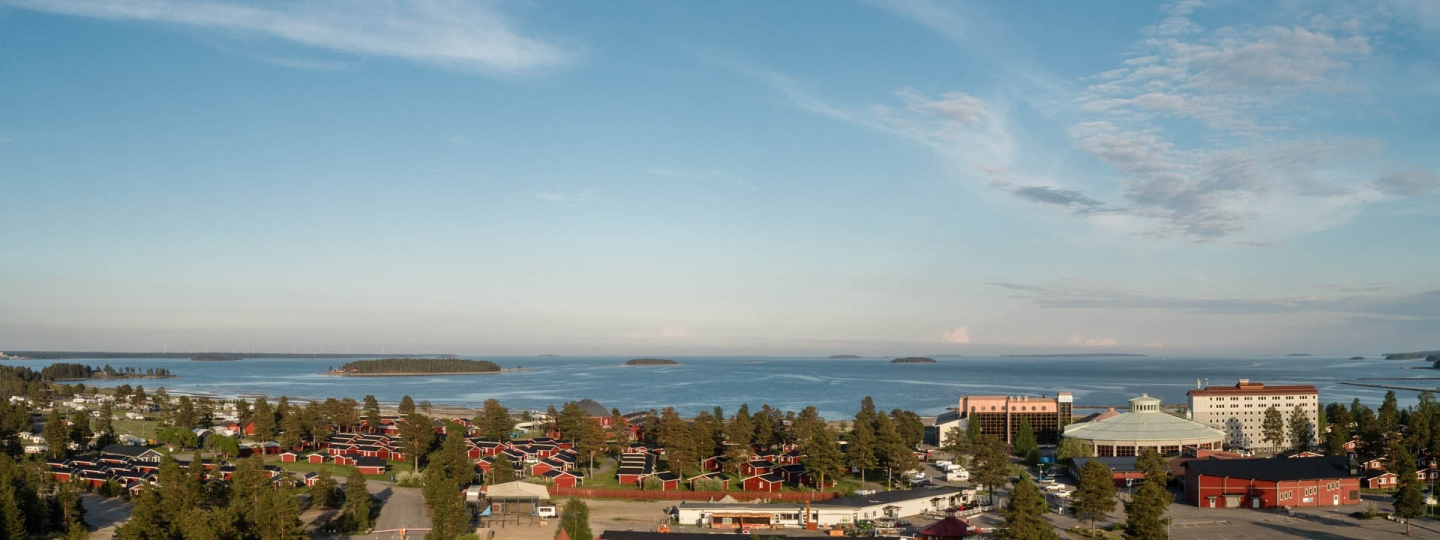
Piteå
Just as much as Piteå is a city for the summer, the place retains its small-town charm in the winter as well.
Packing up: It’s time to continue the bus journey, after some coffee and a purchase of smoked fish at Bea’s Rökeri och Hamncafé. During the trip you think about other things you could do here. Piteå might be the perfect summer town, but it retains its small-town charm during winter as well: skiing, tour skating, ice breakers and other adventures.




















